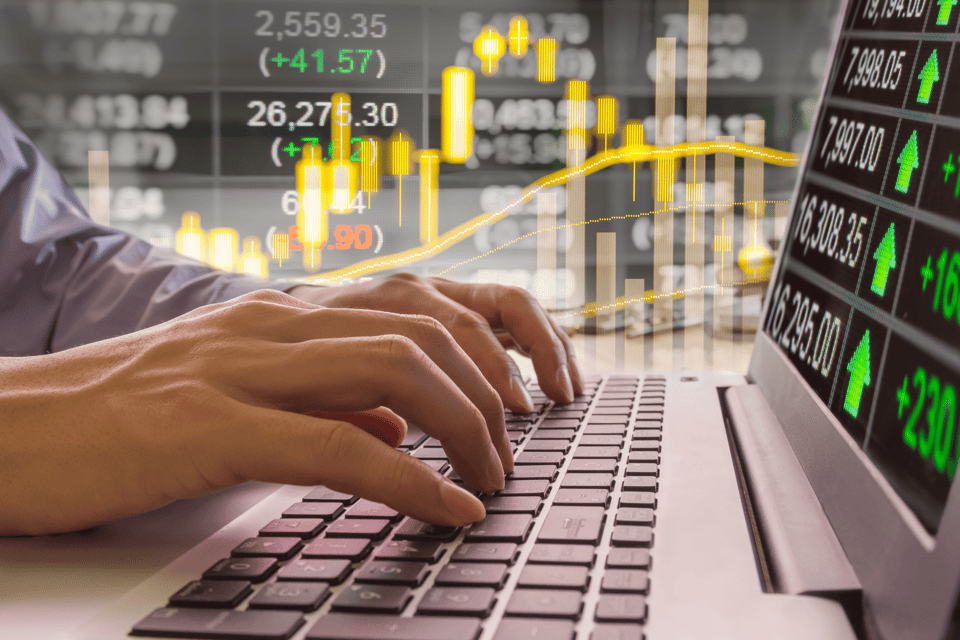Active trading is mentally, physically, and financially taxing. In order to have a legitimate shot at success, it’s imperative that you align your resources, goals, and strategy. If not, the odds of achieving long-term profitability become slight.
Finding the best futures to trade is one of the key steps in maximizing the potential of your assets. Aside from securing the services of a competent broker, choosing a suitable market or product is a critical part of trading on your terms. Let’s break down the three steps needed to identify which markets are ideal for your unique situation.
Step #1: Resource Inventory
In order to figure out which are the best futures to trade, you must first tally available resources. This exercise is no different than a store manager drawing up a daily inventory report or a chef preparing for dinner service. It’s an honest assessment of all assets at your disposal.
When it comes to active trading, resources come in three basic types:
- Risk capital: the amount of money you want to designate for trade and commit to the markets
- Time: hours of each day allocated for preparation, active trading, and performance evaluation
- Talent(s): personal strengths and attributes that prove useful in the markets
These three inputs largely dictate what type of trader you can, and eventually will, become. Of course, resources vary wildly from person to person. Some have extensive capital and time, while others possess strong programming and math skills. No matter what your set of assets may be, there’s a strategy and product that’s a good fit for you.
Step #2: Defining Purpose and Strategy
The ultimate goal of active futures trading is to make money. In order to do this over the long haul, it’s imperative that your goals and strategy work in concert with your available resources.
In practice, aligning your resources, purpose, and strategy isn’t too difficult. In fact, you can accomplish it by following this progression:
- Revisit your resource inventory: A quick review of how much money and time you want to commit, as well as your personal strengths, is necessary.
- Define your purpose: Goal-setting is a key element of finding your best market to trade. It’s essential to put your objective ― whether it’s the pursuit of riches or rent money ― into concrete terms.
- Select a complementary strategy: Trading strategies come in all shapes and sizes. The only rule in selecting one is that it must be feasible given your resources and goals. If a strategy is too expensive or is incapable of producing acceptable returns, then consider it a non-starter.
A trader’s resources, goals, and strategy should all work together seamlessly, without conflict. In the event, performance lags unexpectedly, then a failing relationship between these three elements is a likely culprit.
Step #3: Find Your Best Futures to Trade
After understanding what you have, what you want to accomplish, and how it’s to be done, choosing the best futures to trade should be somewhat routine. The only thing left to do is to identify the products that fit your inputs. Here are the two primary elements of market behavior that will determine your most suitable futures product:
- Size: The size of a futures contract defines your assumed risk exposure. Larger contracts can provide enhanced returns but are also more expensive to trade. The beauty of futures is that no matter your capitalization or goals, there’s a perfectly sized contract for you. For small accounts, E-mini and E-micro products may be more suitable, while their full-sized counterparts are preferable to traders seeking higher degrees of leverage.
- Volatility: Robust pricing volatility is ideal for some strategies and disaster for others. For instance, if you’re implementing a rotational strategy, then trading markets that breakout or trend frequently isn’t a good idea. It’s imperative that the strategy complements the product being traded.
An opportune market makes it easy for traders to manage risk and conduct business efficiently. Accordingly, your best futures to trade will feature strategically optimal leverage and price action.
The Advice of a Market Professional Can Help
If you’re having trouble finding your best futures to trade, the advice of an experienced market professional can help. For tips on how to align your resources, goals, and strategy, reach out to the pros at StoneX today.



